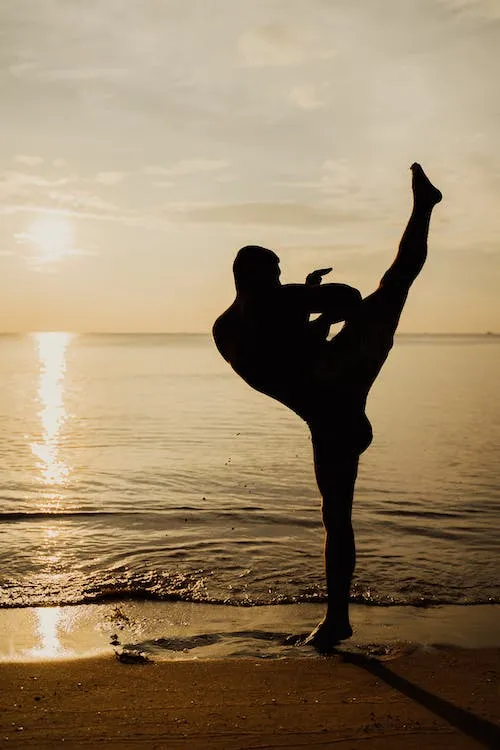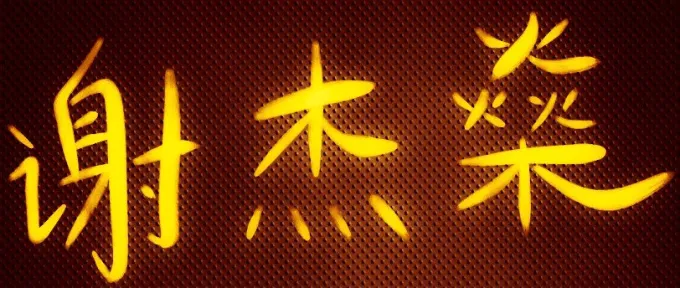
You can’t have a cultivation story without a cultivation system.
Most cultivation fiction use easy systems. Drink a potion, take a pill, practice techniques from a manual, breathe a certain way, then do it enough times and suddenly you become more powerful.
But what if your goal isn’t power?
The primary purpose of cultivation is not power. It is cleansing your soul of red dust: of delusions, attachments, desires, of everything that obscures you psyche and disconnects you from the universe. Once you have obtained insight into your true nation, you can step into harmony with the Way or awaken to the nature of reality.
Saga of the Swordbreaker eschews the power fantasy approach. There are scores of power fantasy ‘cultivation’ stories out there, and power is not the point of cultivation. Saga of the Swordbreaker draws from the deep wellspring of wisdom that gave rise to what we now call cultivation.
Cultivation is quite simple. You grind away everything that is not in harmony with reality. You cultivate the qualities that allow you to attain this harmony. And you keep doing it until you get there.
How long does it take? As long as it takes.
Cultivation is practice. You have to commit to it day after day, month after month, year after year. You do it until it stops being something you do, and becomes something you are. As mentioned previously, internal martial arts is efficient this way: it is a method of martial training and cultivation.
Gongfu is a skill earned through hard work and practice. This includes, but is not necessarily limited to, martial arts. In this regard, cultivation, through the practice of qigong, is also gongfu.
In modern ‘cultivation’ fiction, cultivation is simply a method of moving the plot along. A character cultivates, he gains access to more or extra powers, he uses that power to beat up a bad guy. Rise and repeat. It’s quick, it’s painless, and therefore it is neither gongfu nor true cultivation. It is a plot point, it is not a state of existence.
The Shaolin Temple teaches that Chan Buddhism and martial arts are one and the same. The Wudang Temple follows a similar philosophy, but for Daoism. Through martial training, you cultivate discipline, good health, calmness, firmness of spirit, relaxation, qualities essential to spiritual pursuits. And, of course, abundant qi, but that isn’t the be-all and end-all of everything.
Many cultivation fiction sort cultivations through various grades with cool-sounding names, showing their level of attainment. These ranks show the difference between those at the top and those at the bottom—and give the plucky protagonist a goal to aspire to.
I cannot use this approach. This is the exact opposite of the cultivation I have known.
Buddhism has a remarkably simple way of differentiating states of consciousness. Either you are enlightened, or you are not. Of course, there are many grades of beings with varying states of consciousness. Some lower beings are mired in delusion and despair, while other higher beings are drunk on pleasure and luxury. Still other beings have obtained a degree of insight into reality, and are further along the way to enlightenment than others. A happy few may even have awakened supernatural abilities, or have been granted them. Until and unless you follow the road all the way to the end, however, you are not fully awakened.
To reach the end of the road, you need to recognize that there is neither attainment nor anything to attain.
Daoism aims for immortality. The exact process of getting there differs wildly from school to school. Yang Jwing-Ming articulates 16 distinct steps in his book Qigong Meditation. By undergoing this journey, the aspiring immortal regulates his body, qi, emotions, will and spirit, then embarks on the grand quest to create a spiritual body that will survive the death of the physical body.
Not one of these steps have anything to do with power.
Along the road to immortality or enlightenment, you may develop or receive supernatural abilities. They don’t matter. They are not the point of practice. They are simply confirmations that you are on the right path. In Buddhist and Daoist ethics, you must use these gifts in wisdom, for the benefit of others, or refrain from using them altogether. Focusing your efforts on developing those gifts at the expense of your own spiritual progress simply takes you down the road to delusion, more so if you use those gifts for your own selfish gains. Such gifts emerge not because you are special, but because you have attained wisdom and virtue, and should you lose sight of them, you will lose your gifts too.
Saga of the Swordbreaker draws on the wisdom traditions of Buddhism and Daoism. This extends to adopting the Buddhist and Daoist teachings on cultivation. From a story perspective, it is a superior approach to following mainstream fiction’s obsession with power.
The folly of the power-based cultivation system can be revealed with this simple question:
What happens when you reach the top of the food chain?
The answer is that there is no story left, because you can easily crush whoever dares to oppose you. There is no conflict, no stakes, and therefore no plot.
Not only that, a power fantasy whose plot loop is all about battling a chain of ever-more-powerful enemies must keep escalating, and escalating, and escalating. Fights become more destructive, enemies become more powerful, more power is thrown around. It gets boring and predictable. With the story focused entirely on external power-based conflicts, there is no room for depth of theme, of plot, of character. When a character reaches the highest power level, his progress ends.
In real-world martial arts, when you reach the highest rank, all you have done is return to the beginning. In karate, earning a shodan black belt means that you are able to execute every technique and principle of the art—a sign of mere competence, the first step to advanced training. In Taboada Balintawak Eskrima, achieving the highest rank means that you now understand the depth of the art and have added a catalogue of new techniques to the art based on your own experiences. Then you will be able to give back to the community that raised you to your rank, by preserving the art and by teaching those who came after you, starting with beginners. In teaching the art to newcomers, you learn intricacies you may not have noticed before. Thus, with fresh understanding, you can appreciate the art at a much deeper and fundamental level.
This is the true purpose of a martial arts ranking system: not to show who is more powerful, but to signify who has a certain level of understanding of the art, and who understands the art so well he can pass it on without diluting it.
With Saga of the Swordbreaker, the emphasis is on virtue. It doesn’t matter how powerful you are. The question is how virtuous you are, and whether you willing to do the work of true cultivation. This maintains a moral element to every story, and the seeds for moral conflict lie in the heart of every character, no matter how powerful he may be. Violence is set in its proper place: as a means to an end, and not merely a throwaway scene for the momentary amusement of the reader.
If you seek to make peace with all beings, you will discover that you have no enemies, and so you become all-powerful. If you seek to dominate the entire universe, the universe itself will oppose you, and so you will be destroyed. It is one of the fundamental concepts of Chinese metaphysics and philosophy, one that isn’t explored in modern fiction.
But you will find it in Saga of the Swordbreaker.
More than just a meditation on violation, Saga of the Swordbreaker shows through fiction what it means to cultivate and what it means to live as a cultivator. Check it out on IndieGoGo here!
